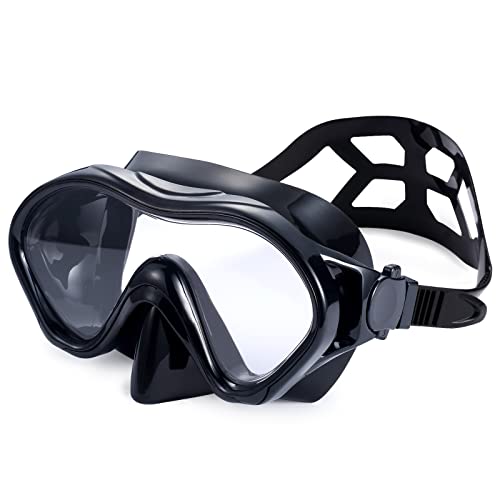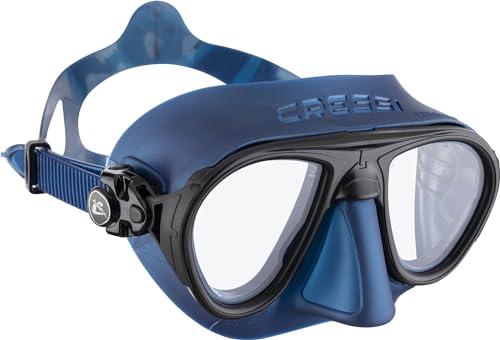What is a Diving Mask?
A diving mask is an essential piece of equipment for scuba diving and snorkeling. It is designed to help the wearer see clearly and comfortably underwater by creating a pocket of air in front of their eyes, allowing them to focus and maintain their vision. The mask covers the eyes and nose, and sometimes the entire face, depending on the style and purpose of the mask.
Types of Diving Masks
There are several types of diving masks, each with its own unique features and benefits:
- Single-lens masks: These have one large lens that provides a wider field of view and reduces distortion.
- Double-lens masks: These have two lenses separated by a nose bridge, providing good peripheral vision and a lower profile.
- Full-face masks: These cover the entire face, including the nose and mouth, and have a built-in air supply for extended diving periods.
Parts of a Diving Mask
A diving mask consists of several parts:
- Frame: This holds the lenses and straps in place, and can be made of plastic or metal.
- Lenses: These are made of tempered glass and come in various shapes and sizes.
- Skirt: This is made of silicone or plastic and forms a seal around the face to keep water out.
- Strap: This is adjustable and holds the mask in place on the head.
Caring for Your Diving Mask
To ensure your diving mask lasts a long time and performs well, it’s important to take care of it:
- Rinse: After each dive, rinse the mask with fresh water to remove any salt, sand, or debris.
- Store: Store the mask in a cool, dry place, away from direct sunlight and heat.
- Protect: Keep the mask in a protective case or bag to prevent scratches and damage.
- Replace: If the mask becomes damaged or the skirt loses its seal, replace it immediately.
A diving mask is a vital piece of equipment for any underwater activity. Choosing the right type of mask and taking care of it properly can help ensure a comfortable, safe, and enjoyable diving experience.






